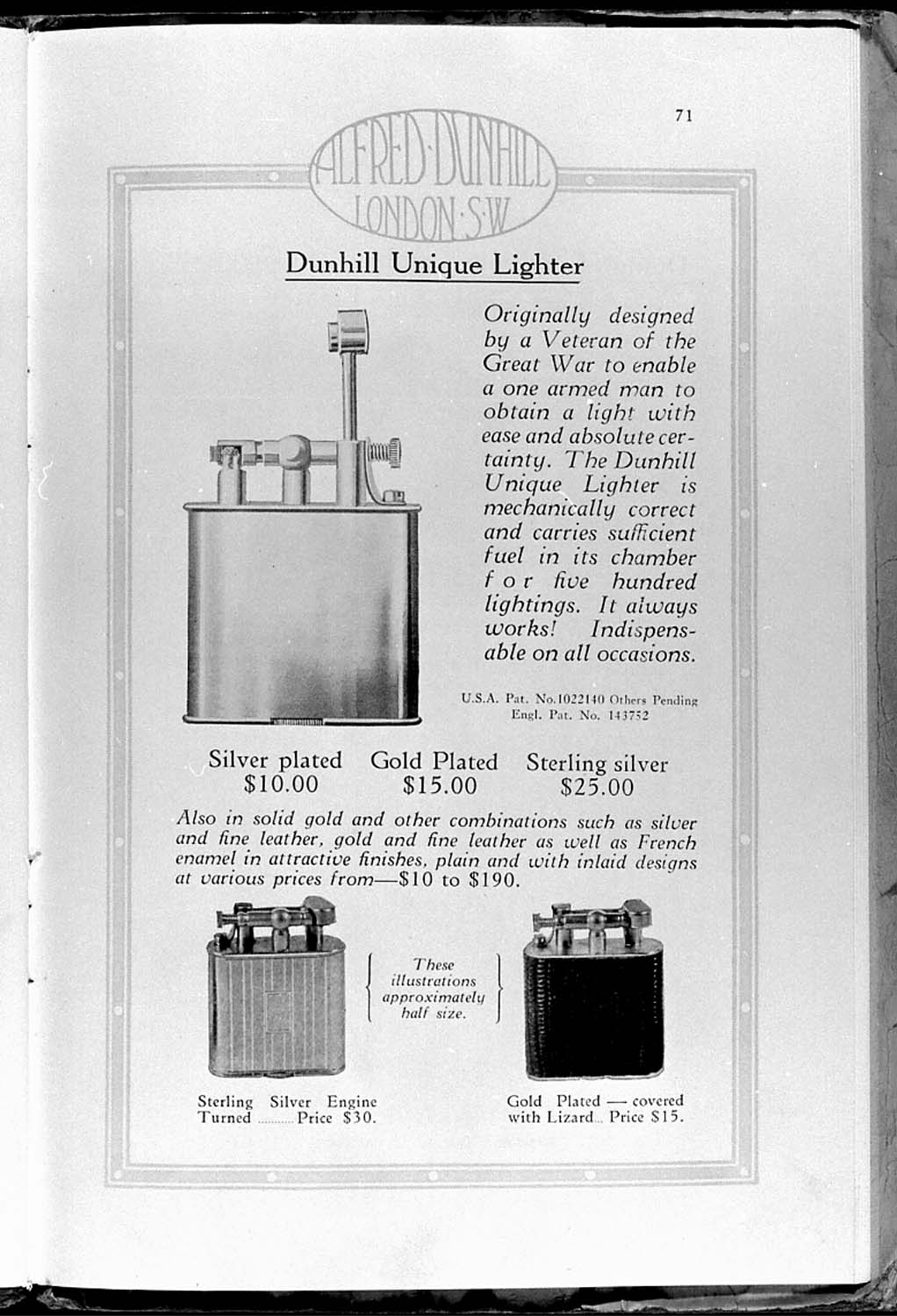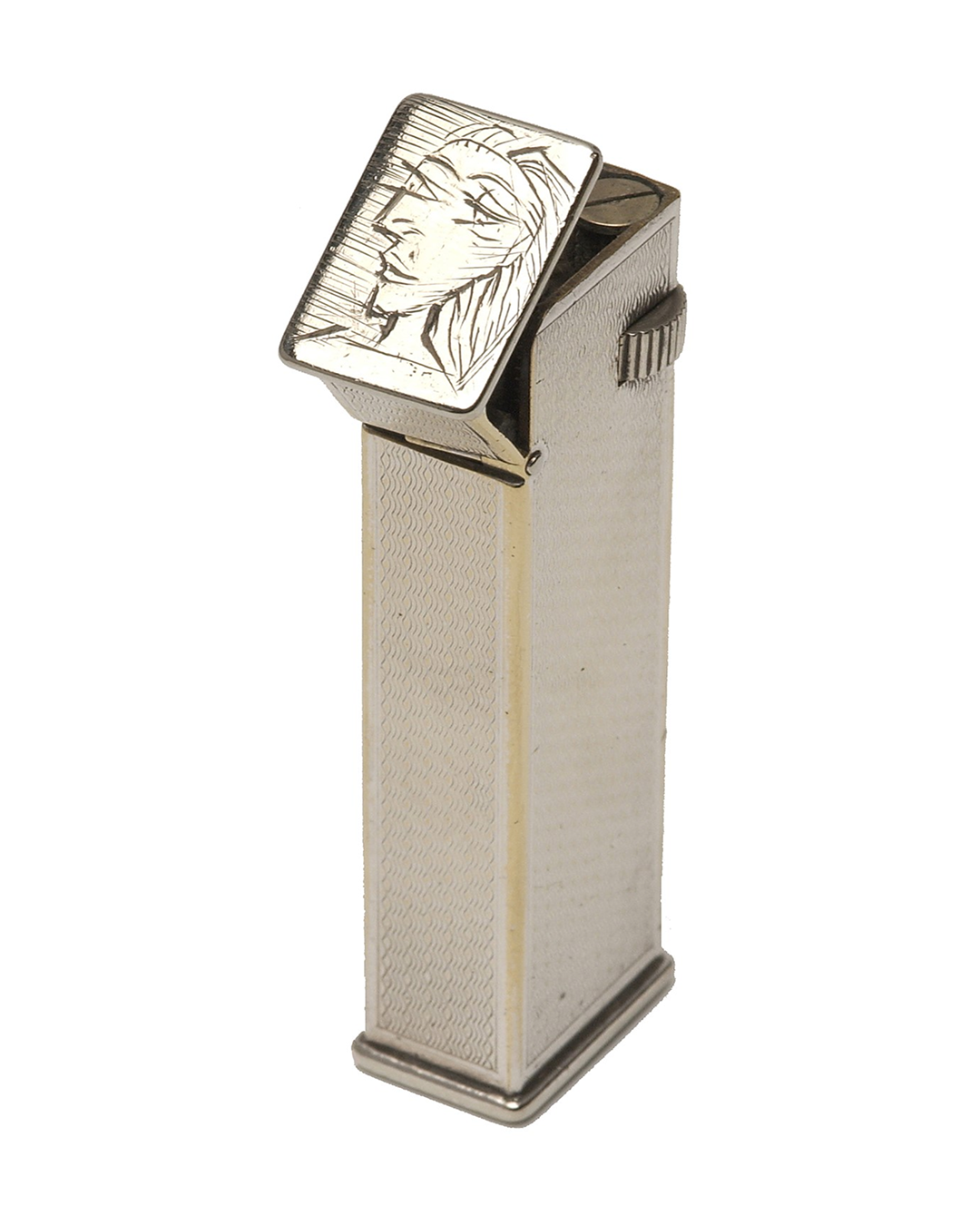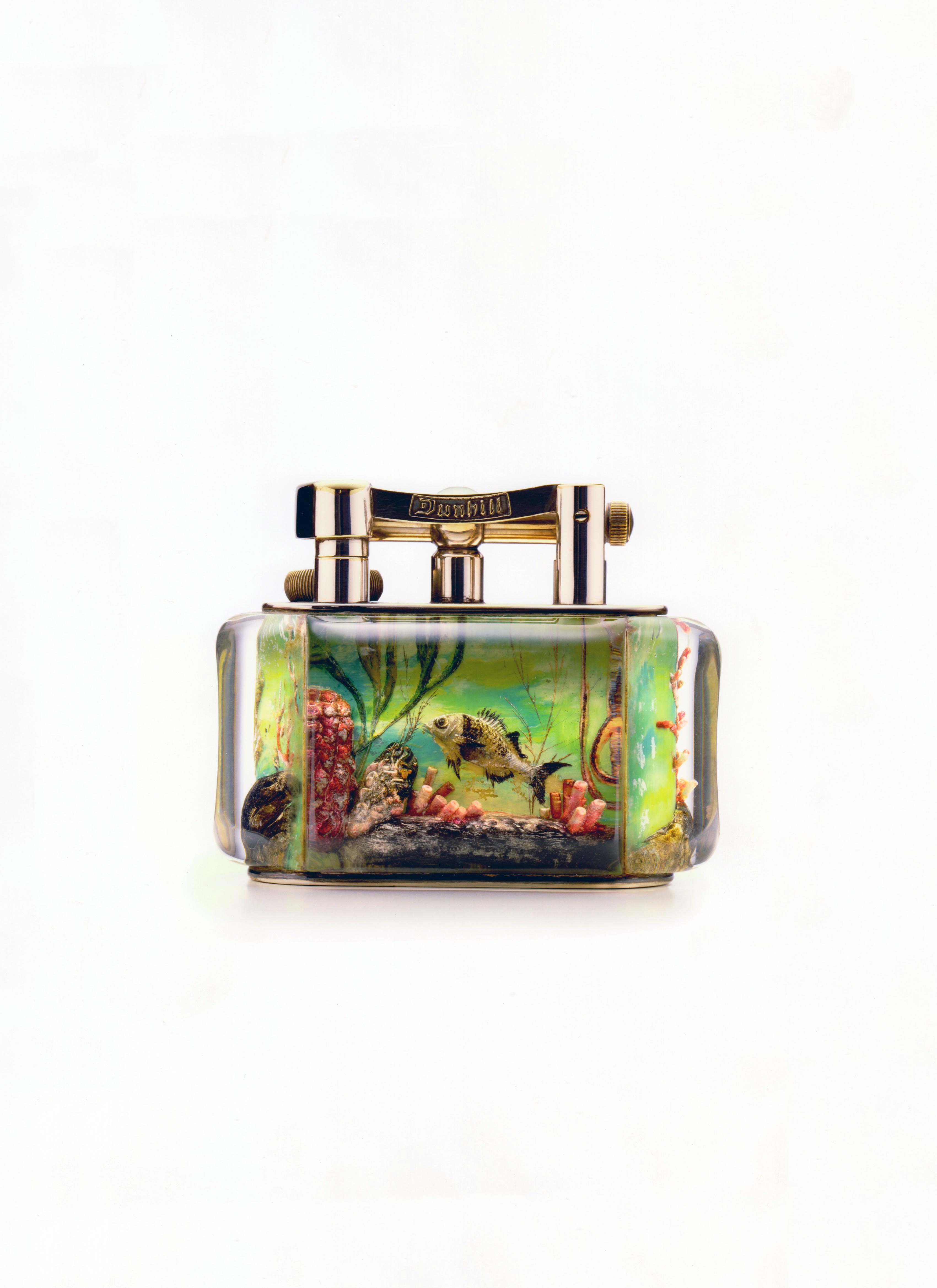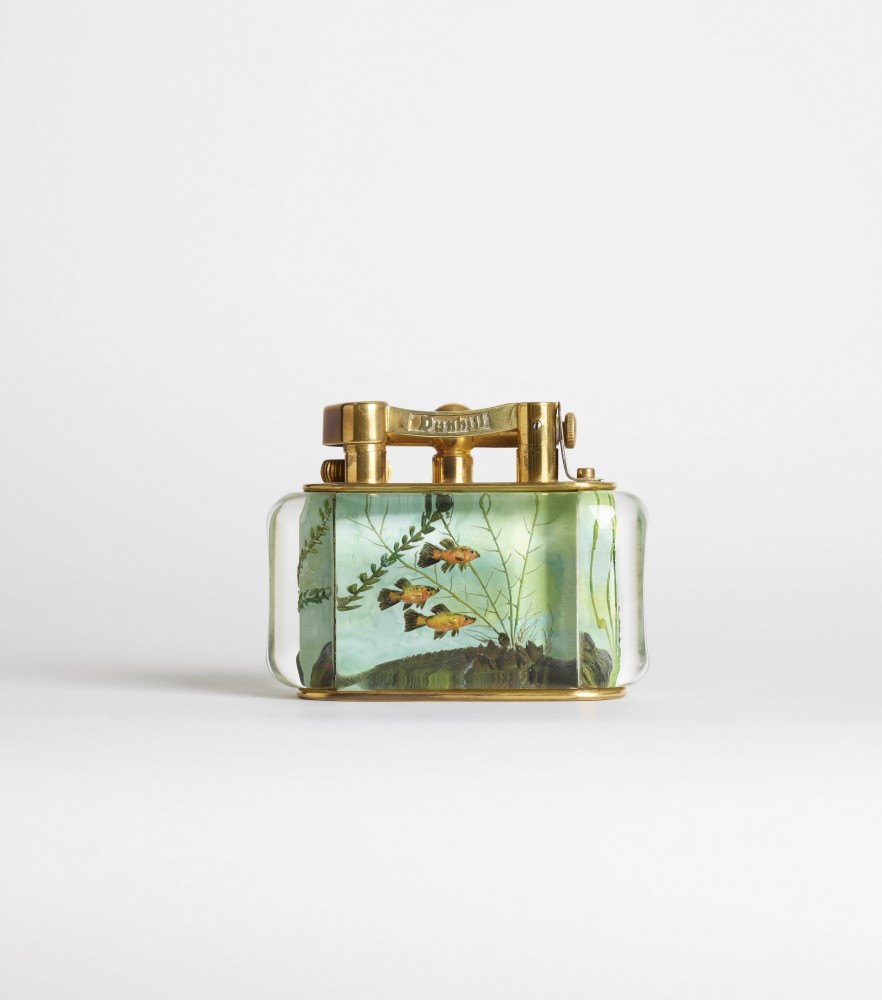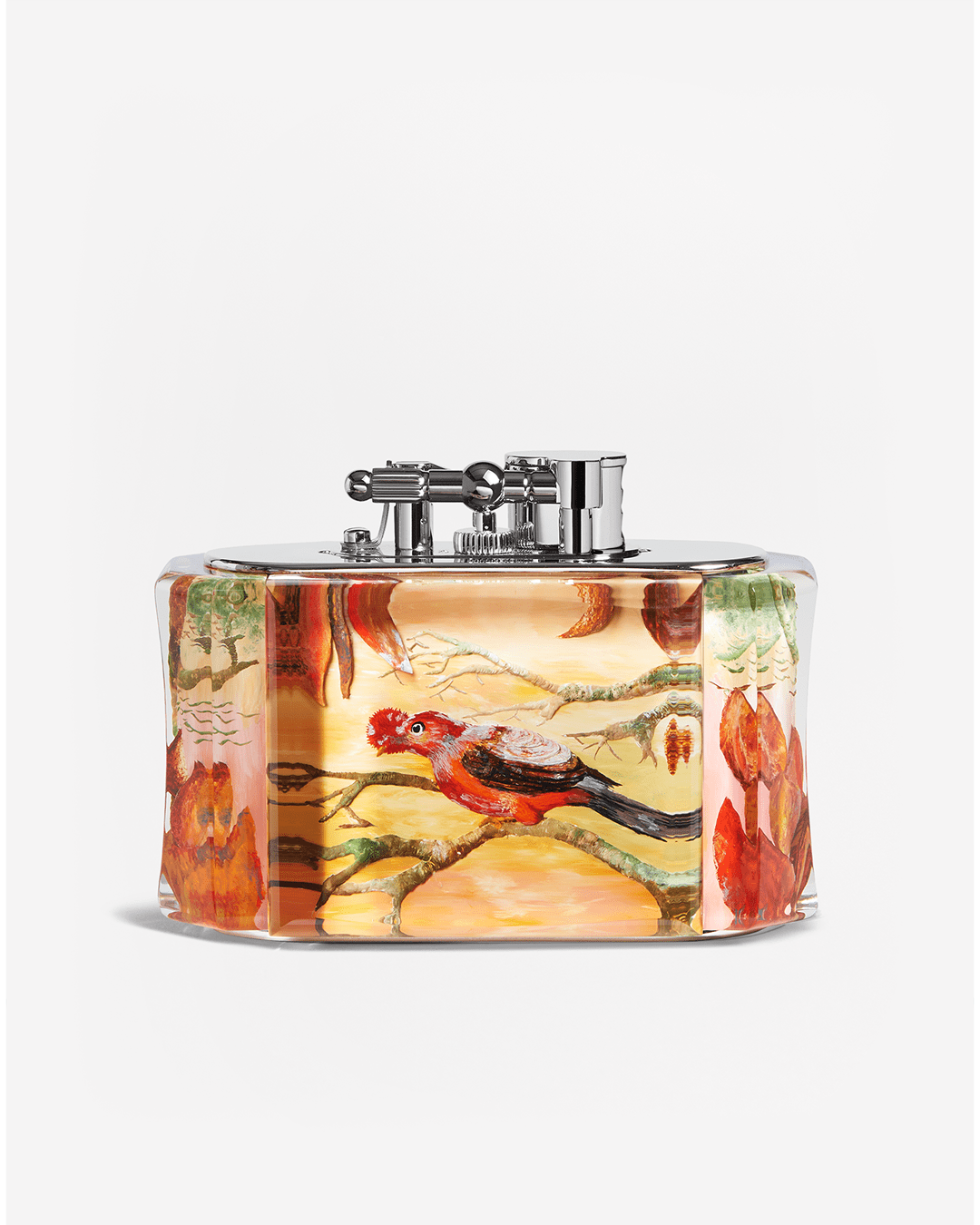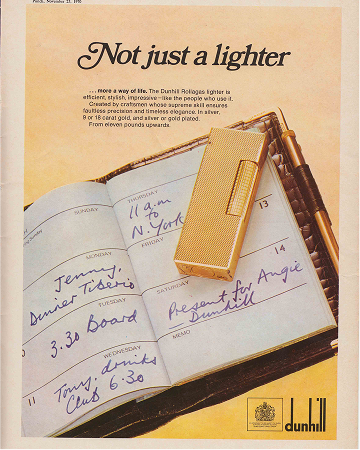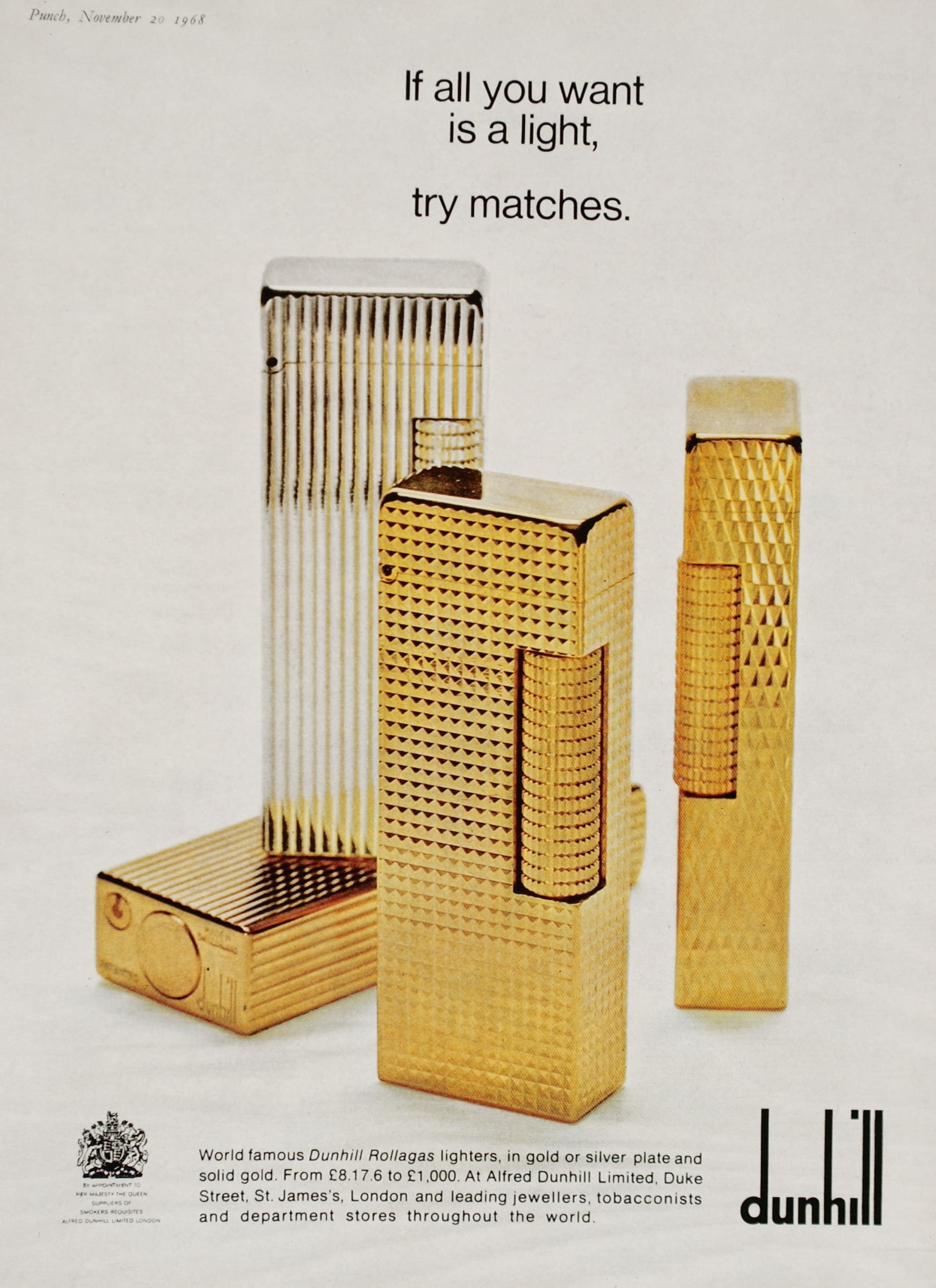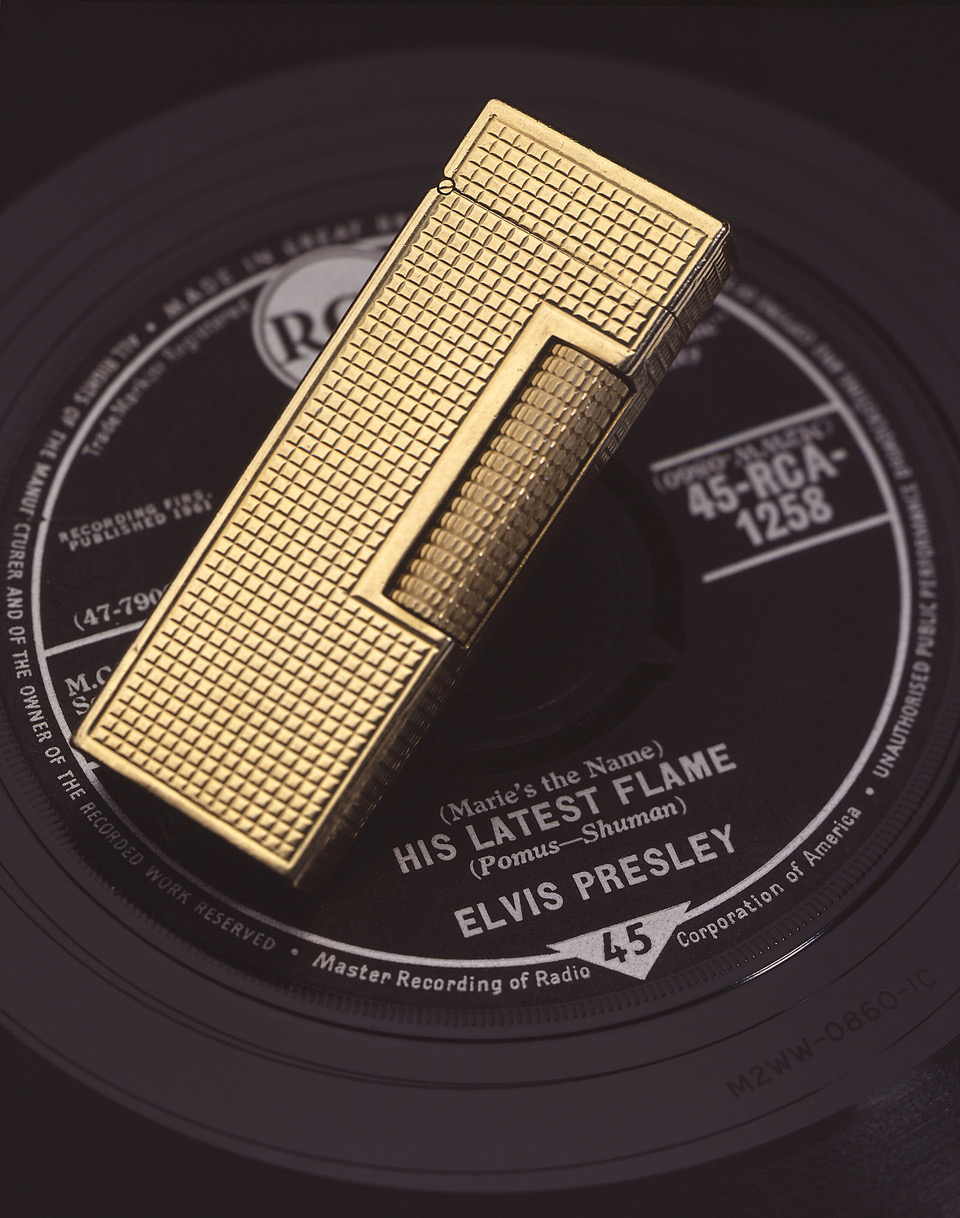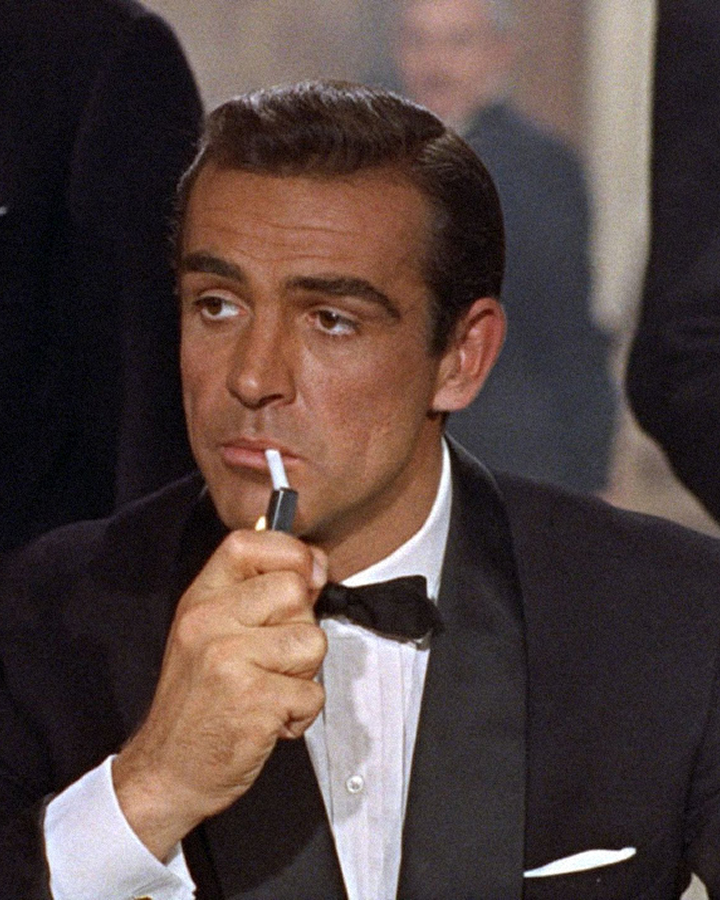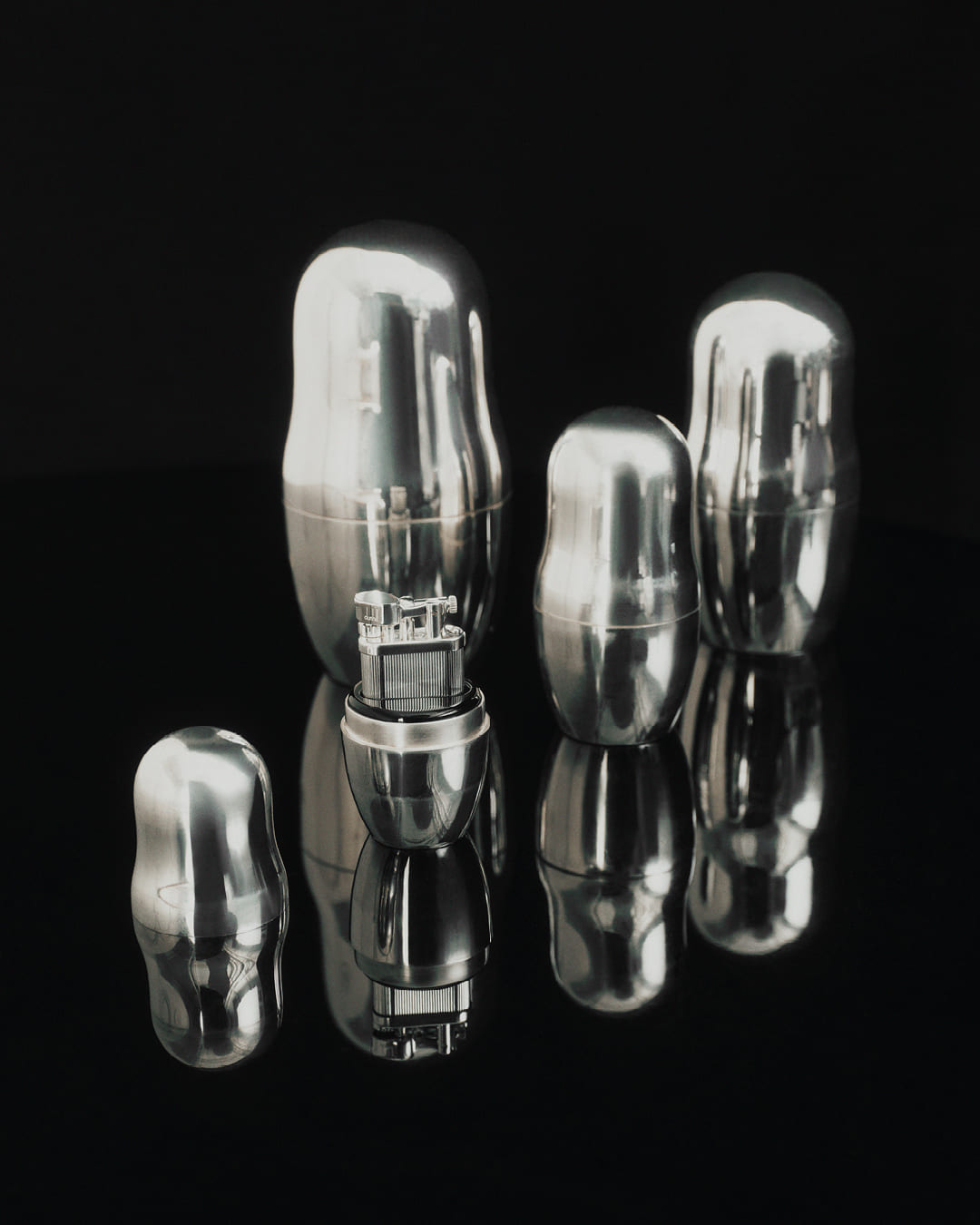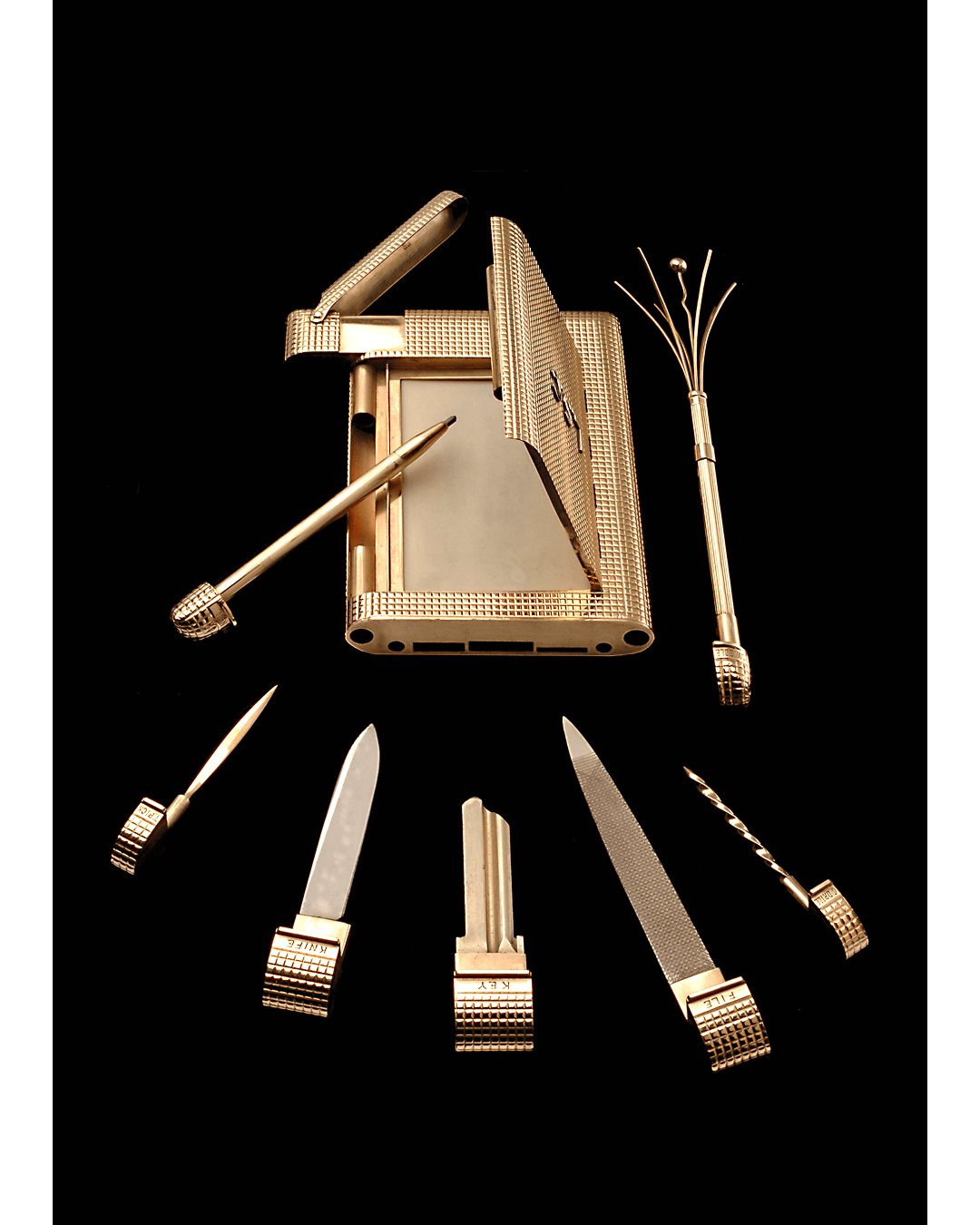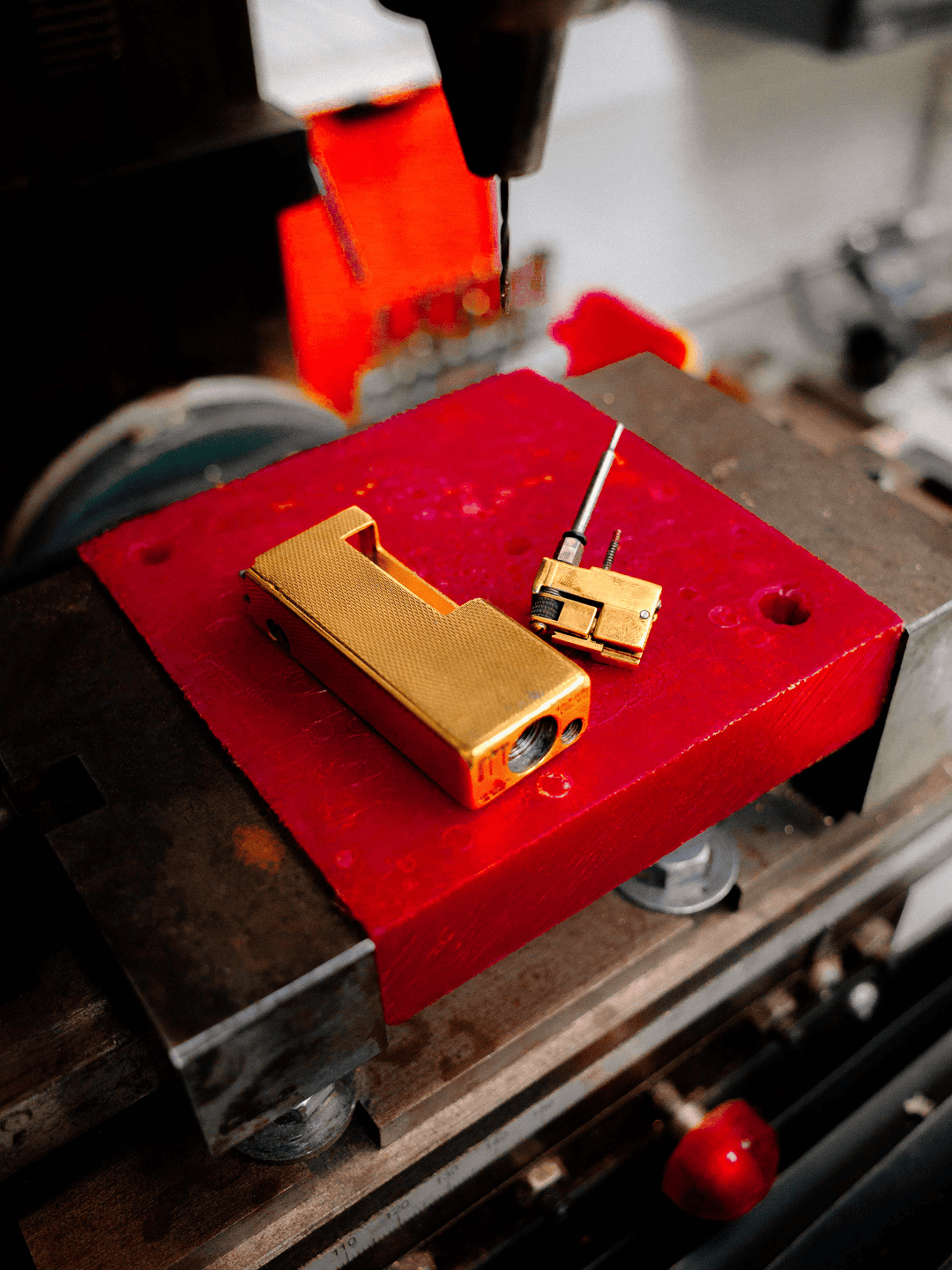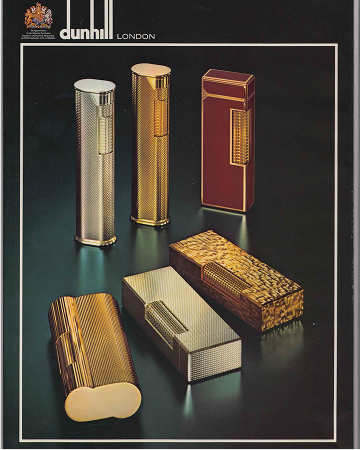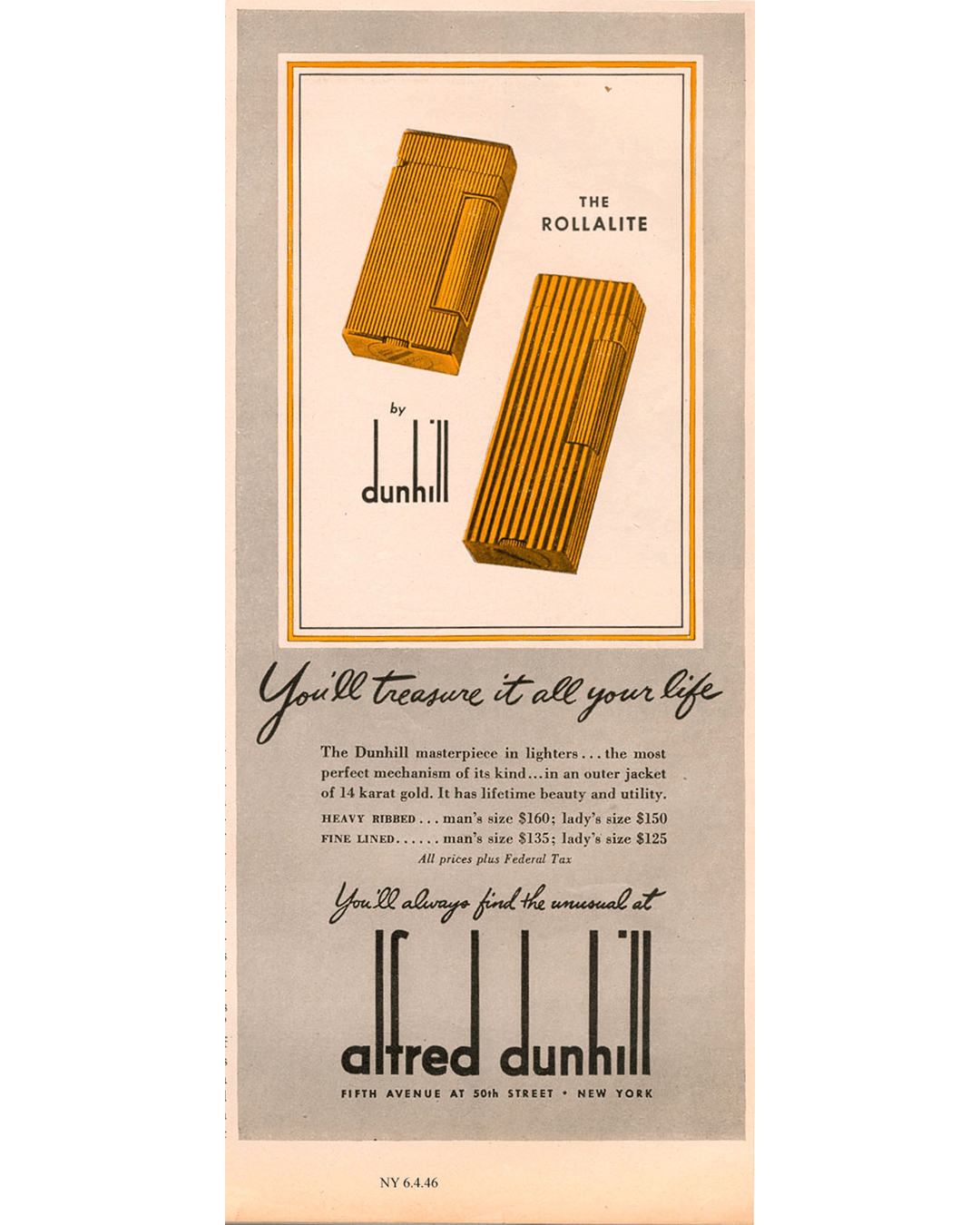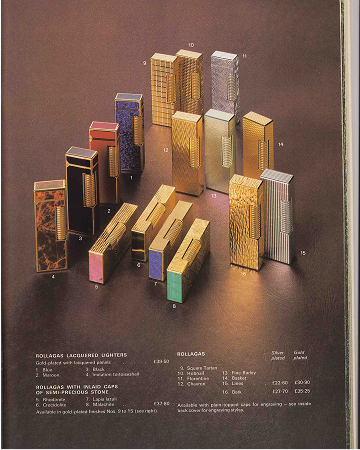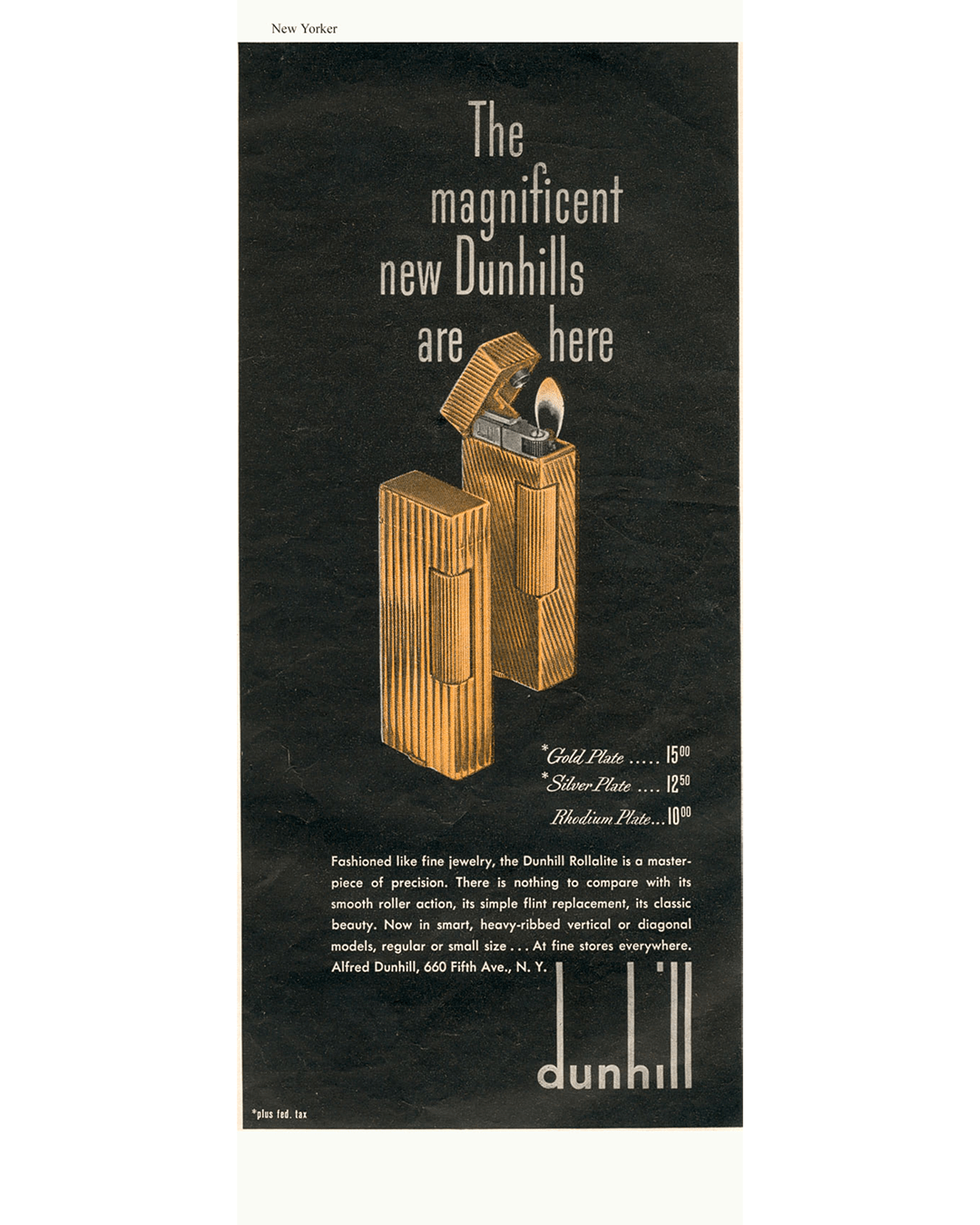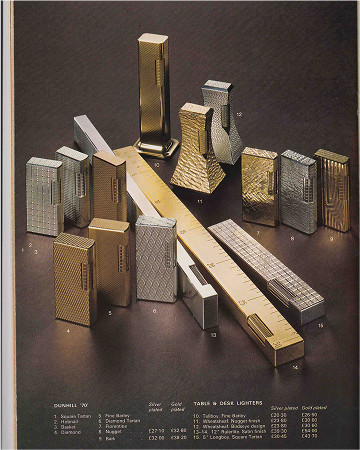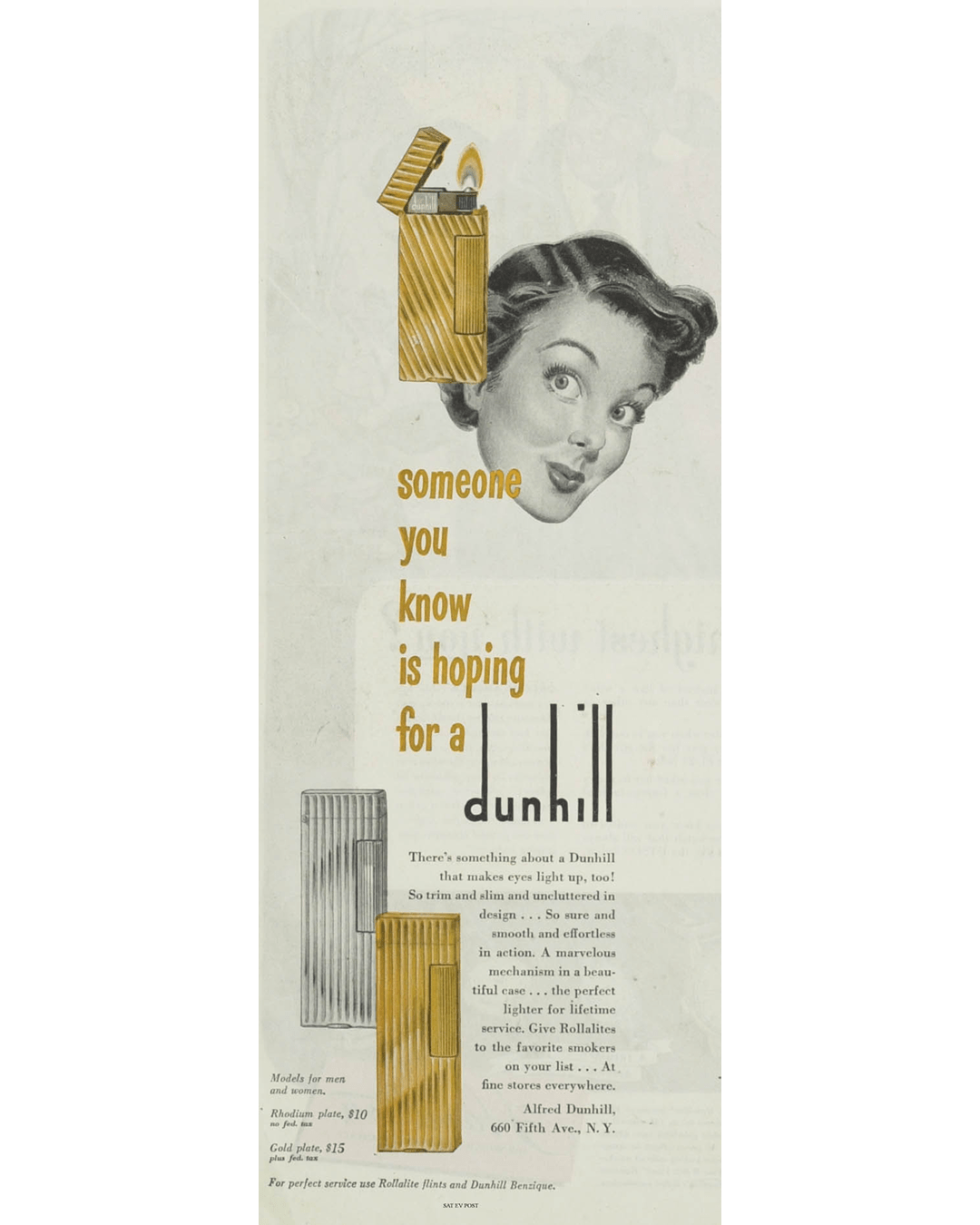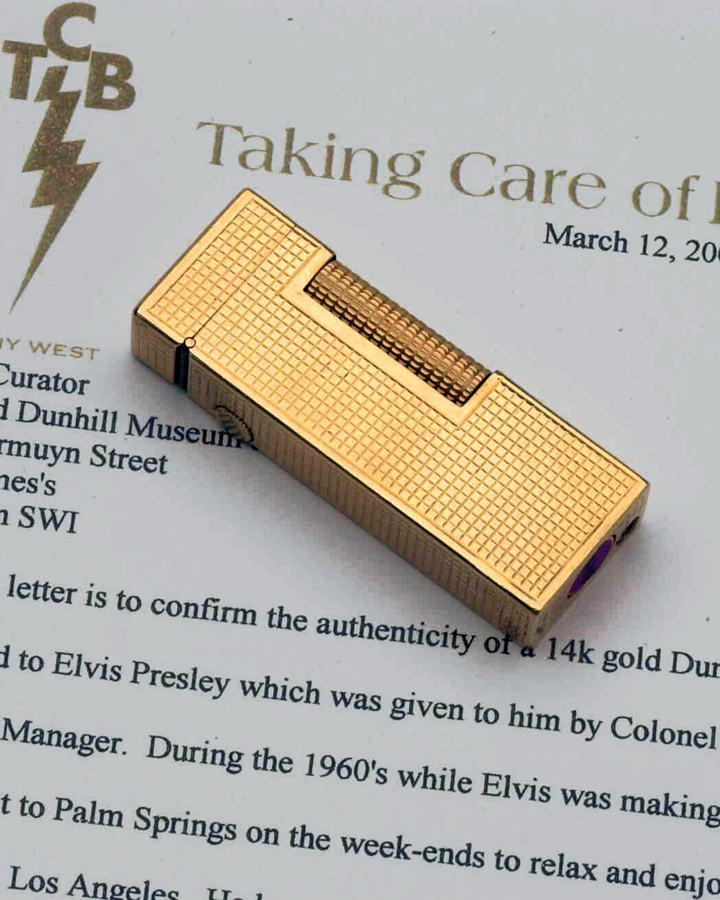dunhill lighters are engineered to endure, and our servicing process ensures they do. Each service includes leak testing, full disassembly, component replacement, ultrasonic cleaning, precision reassembly, flame calibration, polishing, and presentation packaging - ensuring your lighter is ready to ignite the next spark of history.
To maintain optimal performance and character, it is recommended to use only dunhill flints and gas - red for Rollagas and blue for Unique. Lacquered finishes should be treated gently, with light surface wear often enhancing the piece’s unique patina. A soft chamois cloth helps retain lustre, while a nylon brush can remove any carbon build-up. Refilling should be done with the lighter inverted, allowing the gas to settle correctly. Regular servicing ensures each lighter performs flawlessly - and lasts for generations.

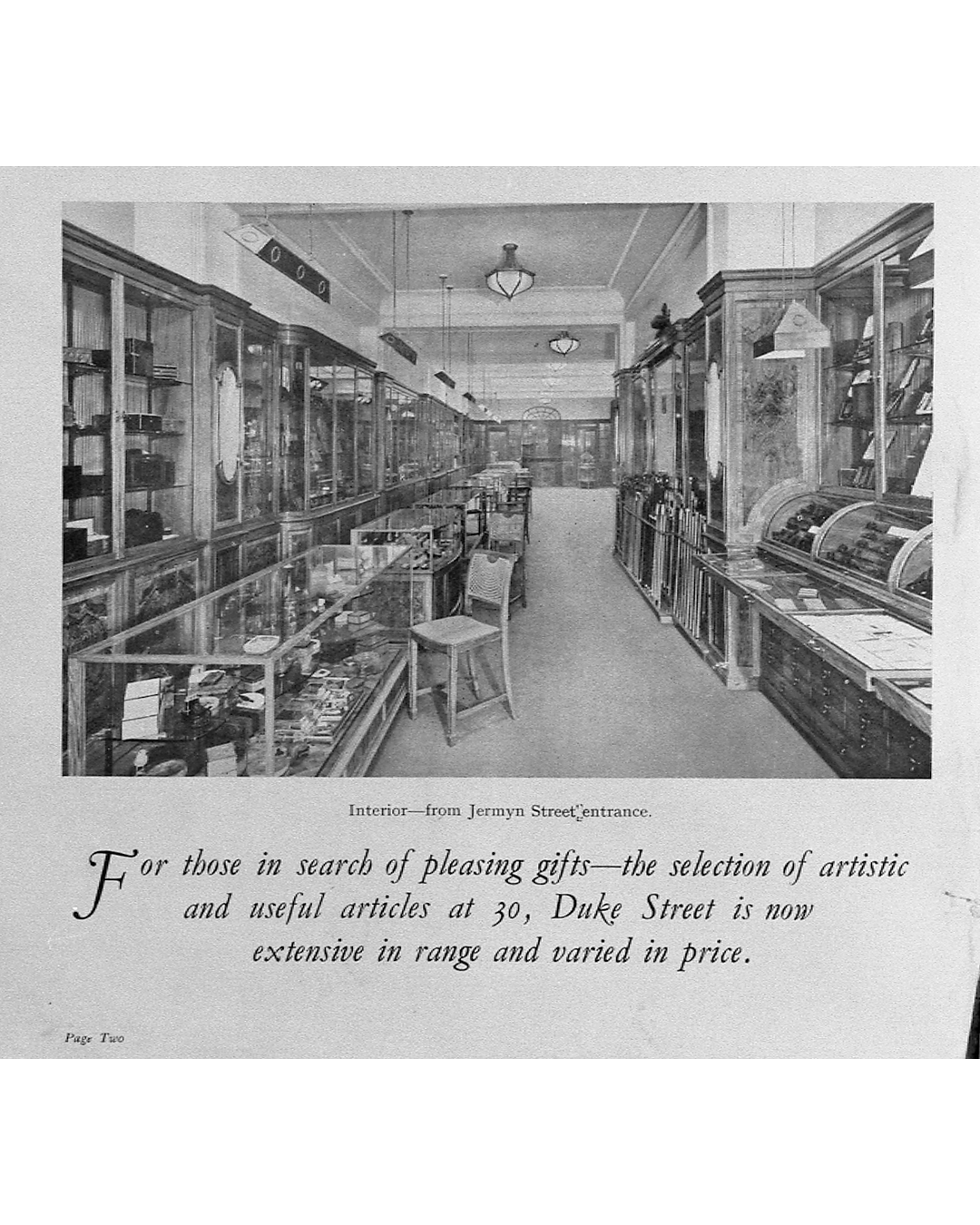
.jpeg)
